The Science Behind Teeth Whitening: How It Works and What to Expect
- 1. How Teeth Whitening Works
- 2. Types of Teeth Whitening Treatments
- 3. Is Teeth Whitening Safe?
- 4. How Long Do the Effects of Teeth Whitening Last?
1. How Teeth Whitening Works
Teeth whitening is a popular cosmetic procedure that aims to lighten the color of your teeth and remove stains. The science behind teeth whitening relies on the use of bleaching agents, typically hydrogen peroxide or carbamide peroxide, which penetrate the enamel and break down the molecules responsible for discoloration.
The whitening agents in these products release oxygen molecules that react with the stain molecules on the surface of the teeth. This reaction breaks the bonds of the stain molecules, making them smaller and less visible. As a result, the teeth appear whiter and brighter.
A real-life example comes from a client at Dentistry Toothtruth, who underwent a professional whitening treatment. They reported a noticeable difference in the shade of their teeth, particularly in areas where tea and coffee stains had built up over the years.
2. Types of Teeth Whitening Treatments
There are several methods available for whitening teeth, each with its own pros and cons. The most common treatments include in-office whitening, at-home whitening kits, and over-the-counter whitening products. Let’s dive deeper into each option:
In-office whitening treatments are performed by dental professionals and typically provide the fastest results. These treatments use higher concentrations of bleaching agents and may include laser or light activation to speed up the process.
At-home whitening kits are a more affordable option. They involve custom-fitted trays or strips that are filled with whitening gel. Though the results take longer to appear, they are often effective when used consistently.
Over-the-counter products, such as whitening toothpaste and strips, are the most accessible. However, these products often contain lower concentrations of bleaching agents and may take longer to show significant results.
3. Is Teeth Whitening Safe?
Teeth whitening is generally safe when performed correctly, whether at home or by a dentist. However, there are some risks to consider. Overuse of whitening products can lead to tooth sensitivity, gum irritation, and even damage to the enamel in extreme cases.
To avoid these issues, it’s important to follow the instructions carefully and consult a dentist if you have concerns. For instance, a patient at Dentistry Toothtruth shared their experience of slight sensitivity after using an at-home whitening kit, which was alleviated by switching to a gentler formula recommended by their dentist.
4. How Long Do the Effects of Teeth Whitening Last?
The effects of teeth whitening can last anywhere from several months to up to two years, depending on factors such as diet, lifestyle habits, and the type of treatment used. For example, individuals who consume staining foods and drinks, such as coffee or wine, may need to touch up their whitening treatments more frequently.
For long-lasting results, maintaining good oral hygiene and scheduling regular dental cleanings can help preserve the whiteness of your teeth. One individual at Dentistry Toothtruth mentioned that after completing a whitening treatment, they maintained their results by cutting back on coffee and using a whitening toothpaste.

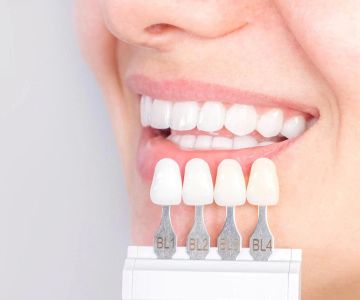

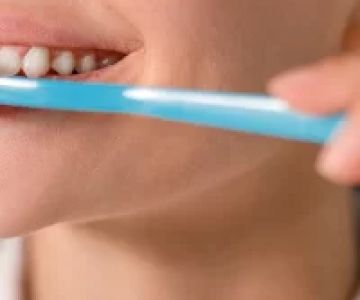
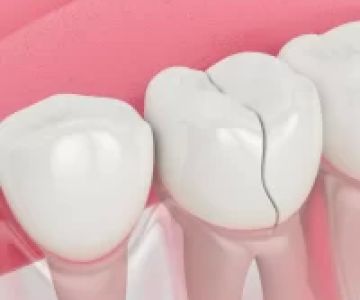
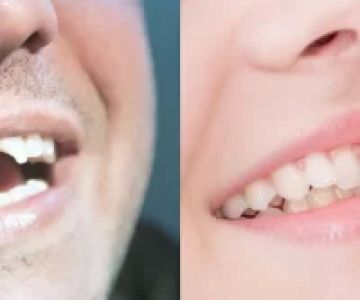
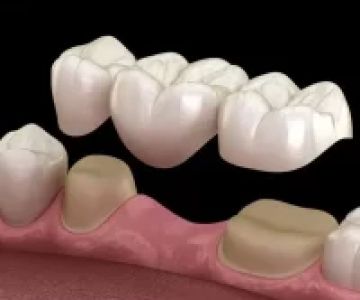
 Westgate Dental Arts
Westgate Dental Arts Coventry Family Dental
Coventry Family Dental Familia Dental
Familia Dental Dr. Daniel S. Fife, DDS
Dr. Daniel S. Fife, DDS Dentistry At Suburban Square: Michael I. Wollock, DMD
Dentistry At Suburban Square: Michael I. Wollock, DMD Comfort Care Dental
Comfort Care Dental The Importance of Oral Health Education During Pregnancy for a Healthy Pregnancy
The Importance of Oral Health Education During Pregnancy for a Healthy Pregnancy Why Skipping Dental Checkups Can Lead to Bigger Oral Health Problems
Why Skipping Dental Checkups Can Lead to Bigger Oral Health Problems Advantages of Porcelain Dental Restorations
Advantages of Porcelain Dental Restorations Best Tips for Brushing Your Teeth Properly for Healthy Gums: Essential Techniques for Oral Health
Best Tips for Brushing Your Teeth Properly for Healthy Gums: Essential Techniques for Oral Health How Can Diabetes Cause Tooth and Gum Problems? Preventing and Managing Oral Health Issues
How Can Diabetes Cause Tooth and Gum Problems? Preventing and Managing Oral Health Issues Healthy Habits for Promoting Good Oral Health and Hygiene: Tips for a Healthy Smile
Healthy Habits for Promoting Good Oral Health and Hygiene: Tips for a Healthy Smile